Planning tool
Year levels
Strands
Expected level of development
Australian Curriculum Mathematics V9: AC9M5M02
Numeracy Progression: Understanding units of measurement: P7
At this level, students estimate and measure perimeter in metric units for length and area of quadrilaterals using grid squares and square centimetres. They solve practical problems involving the perimeter and area of regular and irregular shapes.
Use explicit teaching and questioning to help students differentiate between the concepts of area and perimeter.
Provide students with activities to develop an understanding of the fact that area and perimeter are not dependent on each other (for example, a shape with a perimeter of 12 cm may have multiple different areas, depending on the shape and its dimensions).
When measuring the area of familiar shapes such as a rectangle, students will use square centimetres or grid paper to cover regions, and they may discover familiar representations (such as rows and columns that resemble arrays used in multiplication). They add the rows to calculate the area. Note that in Year 6, students are expected to use the area formula for area of rectangles: A = L × W.
Make explicit efficient ways to calculate the perimeters of rectangles. Look for alternate ways to calculate perimeter P = L + L + W + W and P = 2L + 2W, which shows that both the length and width are doubled then added together. An alternative version of this rule is P = 2(L + W), where students first add the length and width then multiply the result by two (double).
Teaching and learning summary:
- Use explicit teaching and questioning when discussing concepts of area and perimeter.
- Enable students to discover efficient ways to calculate the perimeters of rectangles.
- Investigate situations that involving perimeter.
- Present area problems that require students to reason, use space efficiently, fit a set number of objects.
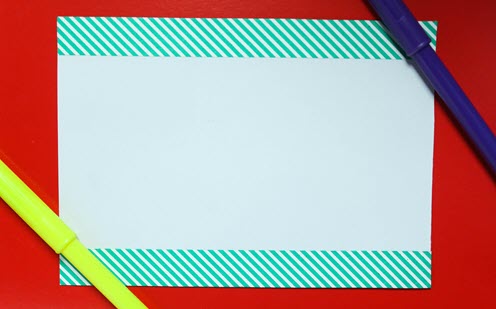
Students:
- describe how to calculate perimeter and area of a quadrilateral
- compare and order 2D shapes according to their area
- use metric units to measure perimeter and area.
Some students may:
- confuse the formulas for finding area and perimeter. Rather than providing students with the formula, A = L × W, provide opportunities for them to discover this themselves. This is primarily because the formulas are introduced too early and before students have developed a conceptual understanding of area and perimeter. It is important to use concrete, pictorial and abstract representations when teaching these concepts.
- have trouble understanding that if a shape is cut up and re-formed it will still have the same area (conservation of area). Revisiting properties of 2D shapes may help develop this understanding.
- believe that there is a direct relationship between area and perimeter. They may believe that surfaces with the same area must have the same perimeter, and vice versa. Challenge this thinking through a variety of activities to demonstrate the lack of relationship between the one-dimensional perimeter and the two-dimensional area.
The Learning from home activities are designed to be used flexibly by teachers, parents and carers, as well as the students themselves. They can be used in a number of ways including to consolidate and extend learning done at school or for home schooling.
Learning intention
- We are learning how to measure area using formal units.
- We are learning how to decompose and rearrange shapes to find their areas.
Why are we learning about this?
- Area helps you to quantify physical space. In real life, area measurements can help with working out quantities, for example, how much wallpaper is needed to cover a wall.
What to do
- Find a large box. Estimate how much wrapping paper you would need to wrap the box. Record your estimation.
- Cover one face of the box with a sheet of wrapping paper. Mark the around edges of the box on the non-coloured side of the wrapping paper. Work out the area of that face. Record your answer.
- Repeat the steps above for the remaining five faces of the box.
- Calculate the total area of the wrapping paper needed to cover the box.
- Draw a diagram to show all your measurements.
Success criteria
I can:
- find the area of a rectangular shape
- combine areas of a shape when working out the area of a box
- estimate and work out how much wrapping paper is required to cover a box.
Please note: This site contains links to websites not controlled by the Australian Government or ESA. More information here.
Teaching strategies
A collection of evidence-based teaching strategies applicable to this topic. Note we have not included an exhaustive list and acknowledge that some strategies such as differentiation apply to all topics. The selected teaching strategies are suggested as particularly relevant, however you may decide to include other strategies as well.
-

Explicit teaching
Explicit teaching is about making the learning intentions and success criteria clear, with the teacher using examples and working though problems, setting relevant learning tasks and checking student understanding and providing feedback.
Go to resource -

Questioning
A culture of questioning should be encouraged and students should be comfortable to ask for clarification when they do not understand.
Go to resource -

Mathematics investigation
By giving students meaningful problems to solve they are engaged and can apply their learning, thereby deepening their understanding.
Go to resource -

Culturally responsive pedagogies
Culturally responsive pedagogy is a form of teaching that incorporates learners’ cultural background and histories into classroom practice.
Go to resource
Teaching resources
A range of resources to support you to build your student's understanding of these concepts, their skills and procedures. The resources incorporate a variety of teaching strategies.
-

Farm fence fractions
In this lesson, we explore fractions, decimals and perimeter.
Go to resource -
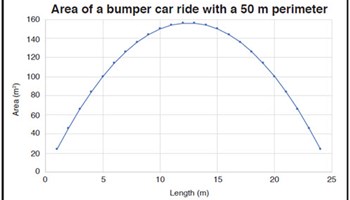
reSolve: Area and perimeter
Students consolidate their understanding of and skills in calculating the area and the perimeter of rectangles.
Go to resource -

4 by 3 rectangle inquiry
Students investigate rectangles with an area of 12 square units and, through problem-solving, look for relationships between area and perimeter.
Go to resource -

Numerically equal
This problem requires students to consider area and perimeter at the same time, and to know the difference between the two.
Go to resource -

Patrolling the perimeter
Students measure the dimensions of rectangles (including squares) in the environment, then estimate and measure their perimeters.
Go to resource -

An absorbing challenge
Students estimate the area of irregular shapes and then check the accuracy of their effort.
Go to resource -

Area builder
Use this interactive tool to explore the relationship between area and perimeter.
Go to resource -

Wallpaper Area
This task is designed to help students understand the meaning of area. It challenges students to arrange pieces of wallpaper in order of size and explain their decisions.
Go to resource -

How many rectangles?
Use this video to explore area and perimeter.
Go to resource -
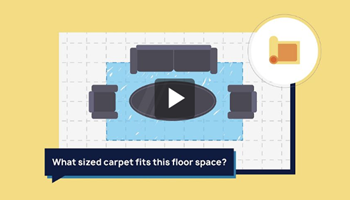
Area and perimeter: Video and teaching guide
Use this video to explore concepts of area and perimeter, and connect these ideas to real-world situations.
Go to resource -
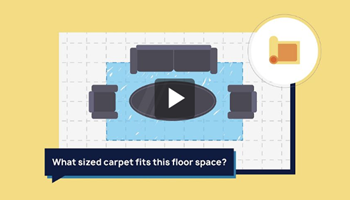
Finding the areas of rectangles using side lengths
Students find areas of rectangles by measuring and multiplying side lengths.
Go to resource -
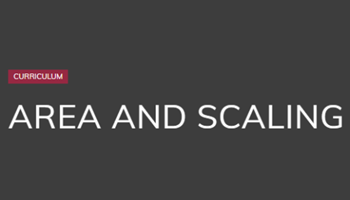
Area and scaling
Use this set of teacher slides to extend and apply students’ thinking about area.
Go to resource
Assessment
By the end of Year 5, students are choosing and using appropriate metric units to measure the attributes of length, mass and capacity, and to solve problems involving perimeter and area.
-

Lengths and areas
Use the student resources to enable students to self-check answers to length, area and perimeter problems.
Go to resource -

Mathematics: ACARA work sample portfolio summary – Year 5
Refer to Work sample 7, 'Measurement – Using perimeter and area' and the related task for guidance in assessing students’ understanding of perimeter and area.
Go to resource -

What is the area?
Use this diagnostic task to assess what students know about area and using the area formula.
Go to resource